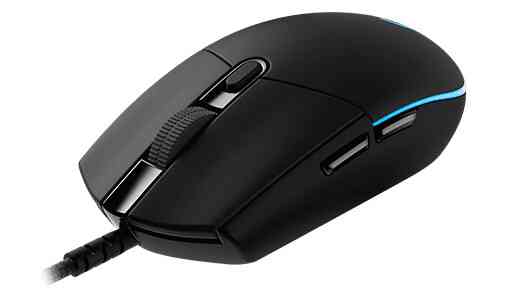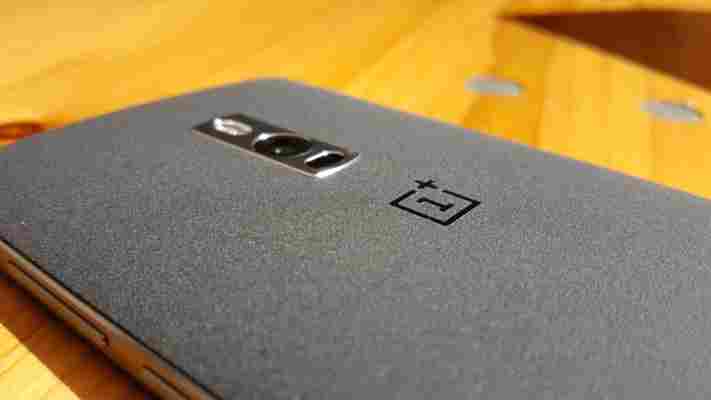Microsoft is getting ready to unveil its flagship NYC on October 26 as it prepares to make a big hardware push next week.

The new store will be located at 5th Ave and 53rd St, just a few of blocks away from the first-ever Apple Store on 5th and 58th. It was first announced a little over a year ago, but Microsoft says it’s been working on the project for over six years.
The shop will be its largest yet at 22,269 square feet and will include both Microsoft’s own hardware and partner highlights, advertised via large video walls throughout the shop.
For consumers, there’s there’s something called a Community Theater to learn how to integrate Microsoft products into their lives, while an Answer Desk is the company’s take on the Genius Bar for technical help.
It’s also pretty smart location for Microsoft. 5th Ave is popular for both tourists and some New Yorkers alike, and the Apple Store’s location makes it the first big retail stop for many shoppers, aside from just selling an insane amount of products .
That Microsoft’s store is just a few blocks down makes it likely many Apple Store visitors will simply walk for a couple of blocks and check out Microsoft’s afterwards.
That said, we doubt it’ll be open 24 hours like Apple’s flagship, and there’s no word on whether Microsoft will allow rappers to record their albums in-store.
Microsoft is hosting an opening celebration , though it’s vague on details. Still, you can expect next week’s new devices to be available there at launch.
➤ Grand opening dates set for Microsoft flagship stores in New York City and Sydney [Microsoft]
Logitech’s new G Pro looks like the perfect CS:GO mouse
Logitech has a new high-end gaming mouse . While you’d be forgiven for thinking it’s an entry-level device given the company produces eccentric products like the MX Master , a closer look shows it’s pretty much tailor-made for top-tier FPS gamers.

The fittingly named G Pro is all about maximizing performance at its $70 price point. It has Logitech’s very best optical chip, the Pixart PMW 3366, which is almost universally acknowledged as the best gaming sensor there is (aside from maybe the Avago s3989 in Razer’s DeathAdder Chroma ).
The mouse is extremely light at 85 grams, which is generally preferable for playing at low sensitivities in games like Counter-Strike: Global Offensive. The usual thinking goes that lower weight makes it easier to stop the mouse on a dime without momentum carrying you past that crucial headshot.
It keeps other features simple with ‘just’ six programmable buttons and RGB lighting, and that’s probably how most serious gamers would prefer it. I’m personally fond of a little more weight, buttons, and an asymmetrical shape for use outside of games, but then, I’m not trying to be a pro.
Now, if you care about these things in the first place, you might be thinking this sounds just like on of Logitech’s other mice, the G303. And you’d be right; the specs are nearly identical. But gamers are a finnicky bunch.
The G303 suffers from varying degrees of sensor rattle , which we’d imagine Logitech fixed here. More importantly, though praised for its performance, the G303’s small angular shape was fairly divisive (read: uncomfortable). If you can’t get along with the ergonomics, all the performance in the world doesn’t matter.
The G Pro instead offers a safer, curvier shape that will likely sit well with more gamers and grip styles, and which is more akin to mice from smaller, gaming oriented brands like Zowie’s FK2 , or even Logitech’s old G100 , which this takes inspiration from. The scroll wheel looks thicker and grippier too.
Getting it right with the pros is particularly important now that the sensor inside the Logitech’s best mice is being made available to other manufacturers (a variant called the 3360), like in the $50 Nixeus Revel , which I’m currently in the process of reviewing – and which is excellent.
People like using what the pros use, so in the end, it comes back to the name. The G303 is probably Logitech’s most popular mouse among pros , and yet it sits near the very bottom of its current lineup and naming conventions.
By abandoning the number system with the G Pro, Logitech is subtly admitting that its best mice don’t always have to be its most fancy and most expensive – they simply need to get you the most headshots.
You can pre-order the G Pro from Logitech now ; it will start shipping later this month.
OnePlus 2 hands-on: High-spec hardware paired with bloat-free software
OnePlus’ approach to the smartphone market is to load a device up with the best specs it can for its intended price point, and then use some clever marketing to drive demand and control the flow of sales .

It seems to be an approach that’s working well, too, with demand for handsets often seeming to outstrip the supply, which is really the point of its invite system .
With a new model now available to buy – and high hopes to live up to – can the OnePlus 2 live up to the hype ? We spent a little time with the device to bring you a quick hands-on ahead of our full review.
“Why on earth am I still holding a pummice stone?” That was my first thought.
The rear panel of the device is interchangeable, which is great, if you like an easy way to revitalize your phone in a relatively inexpensive way.
As was the case first time around , there’s a ‘Sandstone Black’ option, which is the one we looked at here. If you like the feel of fine sandpaper, or that pummice stone, then you’ll feel at home with this cover.
Given that there weren’t any others provided to test out, it’s hard to say whether the bamboo, Kevlar, ‘Black Apricot’ or the other options cause any less friction. This one, however, feels like an emery board on the back, but maybe you like that.
Despite keeping the same size display as the previous generation, the OnePlus 2 manages to keep the overall size of the handset down by making the bezels narrower. There’s also a larger battery (3,300mAh) this time around too, which makes the slimming trick even more impressive.
Despite this, it still feels like a bit of a slab – it’s not too large or wide to operate with one hand, but it still doesn’t convey the same sort of feeling of quality or ‘premium’ range placement that you’d get with something like the Samsung Galaxy S6 Edge , but then it doesn’t command the same sorts of prices either – in fact, the S6 Edge is more than twice as expensive.
The rest of the hardware specs – 5.5-inch full HD display, 4GB RAM and 64GB of onboard storage – however, mean that the OnePlus 2 can mostly be considered in the same breath as other manufacturer’s flagship models.
You get dual SIM slots as standard, too.
Without a chance to yet test anything too demanding, it’s hard to say how well it handles numerous demanding tasks at the same time, but on paper it shouldn’t have any reason to struggle, even with the fastest moving games.
I particularly like having a hardware switch on the side of the device to switch between ‘Priority Interruptions,’ ‘All Notifications,’ and ‘No Interruptions.’
Earlier in the year, OnePlus transitioned away from using the Cyanogenmod OS on its stock handsets (in most regions, at least) in favor of its own home grown Android fork.
The result, once you get through the set-up screens is a nearly ‘vanilla’ Android experience, albeit with a few custom tweaks.
Among these tweaks are things like the Shelf widget, found to the left of the main home screen. This shows the most used apps and contacts for quick access.
There’s also support for things like double-tapping the screen to wake the device, a bit like on LG’s G3 and G4 devices. You can also choose whether you want to use on-screen software buttons or the hardware buttons as navigation too, which is a nice bit of flexibility that you rarely see.
Aside of that, as you can see from the screenshot of all the installed apps out of the box, the device is free from bloatware and offers a largely stock Android experience on the surface of it.
Look around the UI a little though, and you’ll find Oxygen OS flourishes, like quick switching between audio modes when you change the volume.
It’s hard to say how it will fare in the longer term.
At first pass though, it’s a compelling hardware package in a unique, if not all that ‘desirable’ shell.
It’s no slouch though, in testing so far, there was no lag in navigating the UI – although there was a very, very small delay between hitting the capture button and the photo being taken.
The speakers were a little on the tinny side too, though plenty loud enough.
So is it worth $389? It’s hard to think, going on hardware alone, that the OnePlus 2 isn’t worth a punt at $389 if you’re after high-end specs at decidedly mid-range prices. There’s an even cheaper $329 16GB model too.
However, if what you’re really after is a sleek handset that will impress your friends with its good looks, then that’s probably not the OnePlus 2.
With more time to test the battery life, camera and overall performance, be sure to check back in the near future for our full review of the OnePlus 2.
Read next: 24 hours with the Meizu MX4 Ubuntu Edition: I’m going to need some time to adjust
